Photo Gallery for Apantesis nais - Nais Tiger Moth | 48 photos are available. Only the most recent 30 are shown.
|
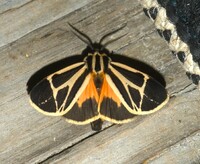 | Recorded by: Simpson Eason on 2023-08-17
Watauga Co.
Comment: |  | Recorded by: Simpson Eason on 2023-08-17
Watauga Co.
Comment: |
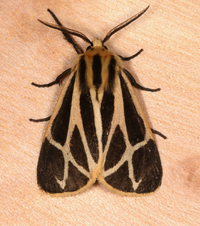 | Recorded by: Jim Petranka and Becky Elkin on 2023-07-12
Madison Co.
Comment: | 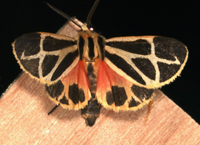 | Recorded by: Jim Petranka and Becky Elkin on 2023-07-12
Madison Co.
Comment: |
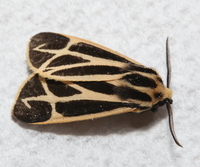 | Recorded by: David George, Jeff Niznik on 2023-07-09
Orange Co.
Comment: | 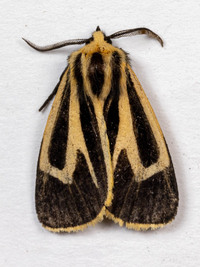 | Recorded by: Stephen Hall on 2023-05-23
Orange Co.
Comment: |
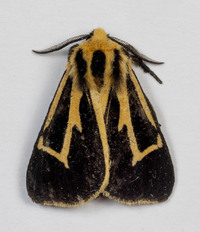 | Recorded by: Stephen Hall on 2023-05-23
Orange Co.
Comment: | 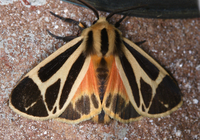 | Recorded by: Jim Petranka and John Petranka on 2023-04-19
Madison Co.
Comment: |
 | Recorded by: Jim Petranka on 2022-05-11
Madison Co.
Comment: | 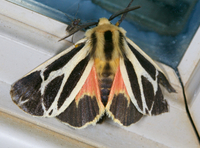 | Recorded by: Jim Petranka on 2022-05-09
Madison Co.
Comment: |
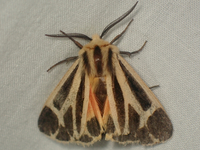 | Recorded by: tom ward on 2022-05-06
Buncombe Co.
Comment: | 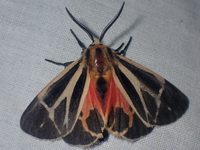 | Recorded by: tom ward on 2021-07-16
Buncombe Co.
Comment: |
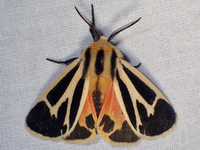 | Recorded by: tom ward on 2021-05-18
Buncombe Co.
Comment: | 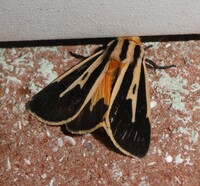 | Recorded by: Simpson Eason on 2020-10-10
Durham Co.
Comment: |
 | Recorded by: Stephen Hall on 2020-09-07
Orange Co.
Comment: | 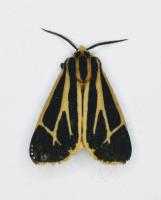 | Recorded by: Gary Maness on 2020-06-29
Guilford Co.
Comment: |
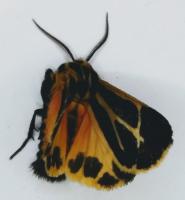 | Recorded by: Gary Maness on 2020-06-29
Guilford Co.
Comment: |  | Recorded by: Gary Maness on 2020-04-05
Guilford Co.
Comment: |
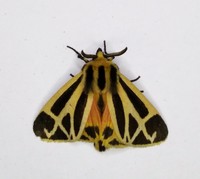 | Recorded by: Gary Maness on 2020-03-29
Guilford Co.
Comment: | 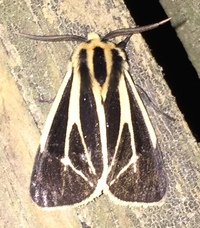 | Recorded by: Ken Kneidel on 2019-05-25
Yancey Co.
Comment: |
 | Recorded by: Ken Kneidel on 2019-05-25
Yancey Co.
Comment: |  | Recorded by: Gary Maness on 2019-05-03
Guilford Co.
Comment: |
 | Recorded by: Gary Maness on 2019-05-03
Guilford Co.
Comment: |  | Recorded by: Gary Maness on 2019-05-01
Guilford Co.
Comment: |
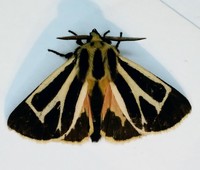 | Recorded by: Gary Maness on 2019-04-30
Guilford Co.
Comment: | 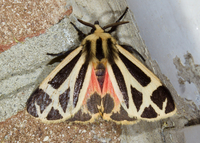 | Recorded by: Jim Petranka and Becky Elkin on 2019-04-24
Madison Co.
Comment: |
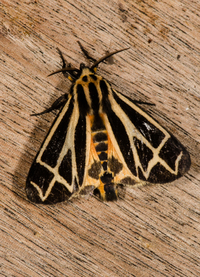 | Recorded by: David L. Heavner on 2018-08-29
Buncombe Co.
Comment: | 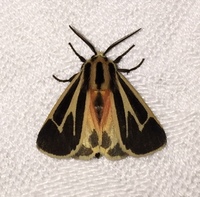 | Recorded by: Ken Kneidel on 2018-08-08
Mecklenburg Co.
Comment: |
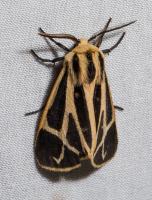 | Recorded by: Steve Hall and Bo Sullivan on 2016-08-02
Ashe Co.
Comment: | 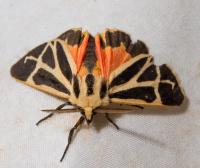 | Recorded by: Steve Hall and Bo Sullivan on 2016-08-02
Ashe Co.
Comment: |
|